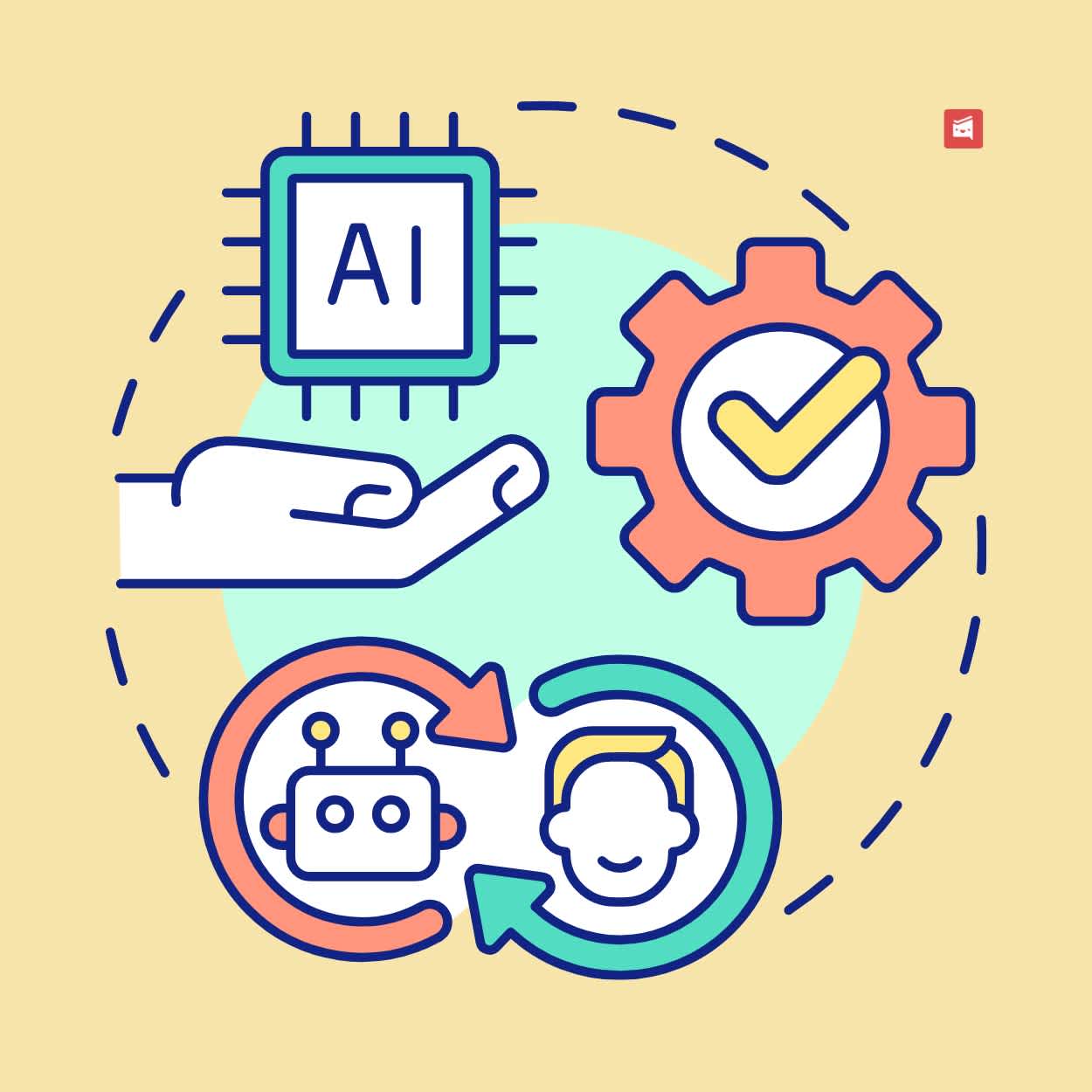AI-Powered Revolution: Transforming Webinar and Video Conferencing Platforms
BySarah Harris
Sarah Harris takes care of the customer support requests at Workast. She is also an avid writer.

Sarah Harris takes care of the customer support requests at Workast. She is also an avid writer.
In today's digital age, the way we communicate and collaborate has been revolutionised by advancements in technology. Webinar and video conferencing platforms have become an integral part of both business and personal communication, allowing individuals and organisations to connect and interact seamlessly across distances. Enhancing audio clarity is crucial in both business and personal communication, whether you're using webinars or video conferencing tools. Users can ensure optimal microphone performance by running a simple test mic, to avoid disruption and ensure smooth interaction. This becomes increasingly important as AI-driven advancements make communication platforms more sophisticated. With the rise of artificial intelligence (AI), these platforms have experienced a significant transformation, offering enhanced features, improved user experiences, and increased efficiency. In this article, we will explore the impact of AI on webinar and video conferencing platforms and how these advancements are shaping the future of communication.
One of the key areas where AI has made a profound impact on webinar and video conferencing platforms is in personalization. AI algorithms analyse user data, such as preferences, behaviour patterns, and interaction history, to provide personalised experiences. This enables platforms to tailor content, recommendations, and user interfaces based on individual needs, resulting in a more engaging and customised experience for participants.
Intelligent virtual assistants powered by AI have become increasingly prevalent in webinar and video conferencing platforms. These virtual assistants can automate routine tasks, assist with scheduling, manage recordings, and provide real-time support during live sessions. By leveraging natural language processing (NLP) and machine learning, these assistants offer an intuitive and efficient way to interact with the platform, saving time and streamlining workflows.
Language barriers can often hinder effective communication in a globalised world. However, AI-powered webinar and video conferencing platforms have overcome this challenge by incorporating real-time language translation capabilities. By leveraging AI algorithms, these platforms can automatically translate spoken or written content into multiple languages, enabling participants from different linguistic backgrounds to engage in seamless communication and collaboration.
AI technology has greatly simplified the process of transcribing and captioning webinar and video conference recordings. Automated transcription tools powered by AI can accurately convert spoken content into text, making it easier for participants to review and search for specific information. Additionally, AI-driven captioning provides accessibility for individuals with hearing impairments, ensuring inclusivity within virtual meetings and events.
AI algorithms integrated into webinar and video conferencing platforms can collect and analyse vast amounts of data generated during online event planning and meetings. These intelligent analytics tools provide valuable insights into participant engagement, meeting effectiveness, and overall performance. By leveraging this data, organisations can optimise their communication strategies, identify areas for improvement, and make data-driven decisions to enhance future meetings and collaborations.
AI-powered facial and emotion recognition technology has the potential to revolutionise virtual communication. These tools can analyse facial expressions and body language, providing real-time insights into participants' emotions and engagement levels. This information can help meeting organisers gauge the effectiveness of their presentations, identify potential issues, and adjust their delivery to ensure better audience reception.
With the increased reliance on webinar and video conferencing solutions, security and privacy have become paramount concerns. AI technology plays a crucial role in addressing these challenges by implementing advanced security measures, such as end-to-end encryption, multi-factor authentication, and secure data storage. Additionally, AI algorithms can detect and prevent unauthorised access, protect against potential threats, and ensure compliance with privacy regulations.
As AI continues to evolve, webinar and video conferencing platforms are poised to undergo further advancements. Here are some potential future developments:
AI algorithms can analyse vast amounts of content and user preferences to curate personalised and relevant information for participants. This can help streamline information overload and ensure that participants receive the most valuable content tailored to their specific needs.
Virtual reality (VR) has the potential to transform the way we experience webinars and video conferences. By integrating VR technology, participants can have immersive and interactive experiences, virtually replicating physical meeting spaces and enhancing engagement.
Advancements in natural language processing (NLP) will enable platforms to better understand and respond to participant queries and requests. AI-powered chatbots and voice assistants will become more conversational and intuitive, providing instant and accurate information during virtual meetings.
AI has ushered in a new era of possibilities for webinar and video conferencing platforms. From personalised experiences to advanced collaboration features and intelligent meeting analytics, AI has significantly enhanced the way we communicate and collaborate remotely. As technology continues to evolve, it is crucial for businesses and individuals to embrace these advancements and leverage AI-driven platforms to unlock the full potential of virtual communication. The future holds immense promise, and AI will continue to shape and redefine the landscape of webinar and video conferencing platforms.
